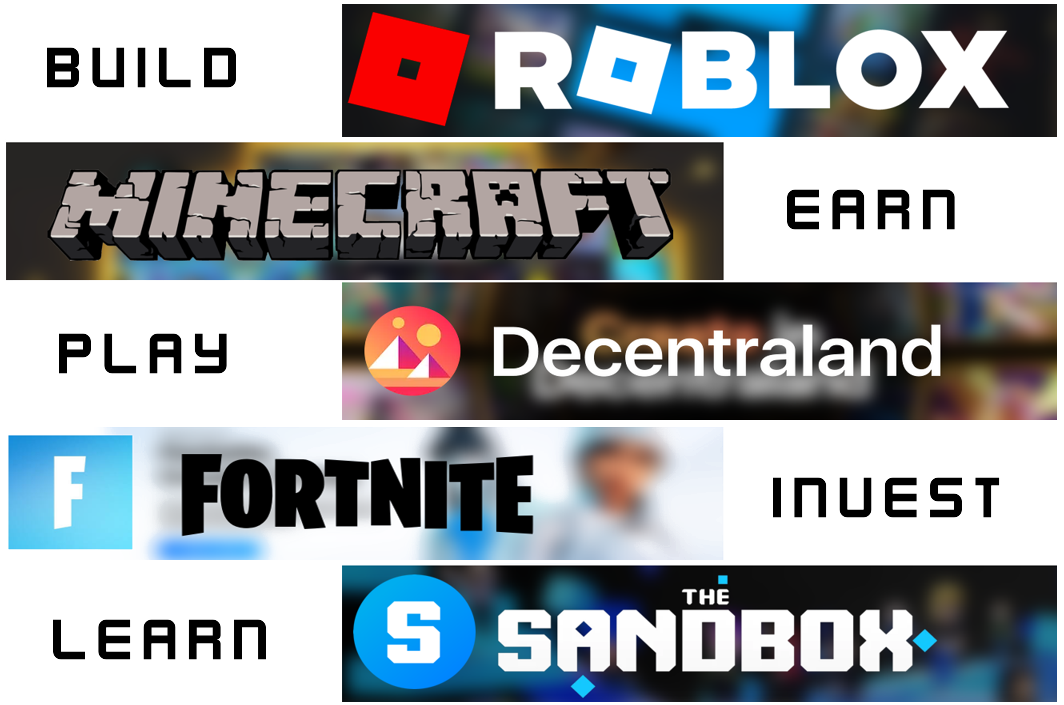
Metaverse: Is it a realistic future?
Everyone seems to have different opinions about the metaverse. Some say it is a virtual realm where humans will live, work, and play. Others think the metaverse is just a term for fully-immersive forms of entertainment. Meanwhile, some experts consider the metaverse to blend VR and AR (mixed reality).
This confusion is justified because there is no definite explanation for the metaverse. It all started as science fiction, depicted in the novel Snow Crash. Later, some entertainment companies began using the buzzword “Metaverse,” while 3D virtual worlds called themselves “metaverse platforms.”
Regardless of how the metaverse began, this article intends to help you determine what it will achieve in the future. More importantly, we will consider how realistic these expected achievements are. First, let us consider whether technology is ready for the metaverse.
Is the technology ready for the metaverse?
Have you considered what entertainment and media will look like in ten years? This is essential because the metaverse will use certain technologies that must be advanced enough to facilitate and process large volumes of data.
Let’s begin with internet connectivity. 5G is currently able to deliver about 20 gigabits-per-second (or 2.5 gigabytes) download speed. That is enough speed to seamlessly process even the most photo-realistic 3D scene of any virtual world today.
Since 5G is rapidly replacing 4G all over the world, people have no issues connecting with metaverse platforms. Similarly, when the metaverse becomes more sophisticated than it is presently, it will undoubtedly be a match of the internet available by then.
While the internet is the best for a futuristic metaverse, hardware devices are not yet in the right shape. Most people cannot wear a VR headset for long hours due to motion sickness, and augmented reality is still in its infancy. Therefore, innovation is needed to develop better headsets that people can wear for as long as possible, just as we use computers for as long as we need today.
How realistic will virtual worlds be?
3D animation tools and game engines like Blender, Unity, Unreal Engine, Decentraland SDK, etc., have made it easy to build immersive virtual experiences. These tools are sophisticated enough to build virtual worlds where the height and size of digital structures look the same as we see them physically. Thus, they help metaverse artists create photo-realistic scenes while giving attention to every tiny detail.
A practical example of such detail is when an avatar stands before a digital skyscraper. In that case, the avatar will look very small, just as a human would when standing before an actual skyscraper. Similarly, artists can design metaverse characters and assets to express humans’ facial or body reactions, allowing avatars to behave just like the people they represent.
Remember, virtual worlds are currently referred to as the Prototype metaverse. This is due to some missing features like interoperability and the fact that no one has entirely created the kind of metaverse that Neal Stephenson depicted in Snow Crash.
If the metaverse is only a prototype at this stage, we can rightly conclude that the actual metaverse will be mind-blowing, looking almost like the physical world. So, when it comes to virtual world design, nothing stops the metaverse; and everything Mark Zuckerberg tried to explain in Meta’s October 2021 video is achievable.
Do people want the metaverse?
Statistics from some research have revealed that many people are interested in using the metaverse for one thing or the other. While some would love to work in the metaverse, others like to meet with friends and get together in a 3D space. Likewise, Statista’s 2021 survey revealed that many people would love to use immersive virtual worlds for gaming and creative activities.
While many people will gladly embrace a refined metaverse in the future, some experts are skeptical about the success of the metaverse. They think humans do not need to immerse themselves further in the digital space. However, recall that 40 years ago, we probably never imagined watching movies on a TV screen as large as 65 inches.
So, the fact is that technological innovation is improving rapidly. When that innovation leads to a more immersive virtual space, people will embrace it as they have embraced the latest forms of entertainment.
What about nature?
It is safe to say that the metaverse is not a revolution against nature. Although we might spend much of our time in virtual reality and augmented scenes in the future, that does not stop us from connecting with the physical world.
Think about this; people spend many hours surfing through social media, watching movies, and playing games today. Yet, does that stop them from growing a garden, keeping pets, planting trees or flowers around the house, and even farming? No.
At the same time, we all can call our family and friends anytime, anywhere. But have we stopped visiting these people simply because we can call them? In like manner, humans will not stop meeting physically with others even when haptic touches and virtual feelings become more immersive. In addition, people are less likely to reject a more refined virtual realm because it makes them lose sight of the physical world for a while.
Realities that the metaverse cannot deliver
So far, this article has explored some of the realities that virtual worlds can deliver in the not-so-distant future. However, the realistic future of the metaverse will never change some things in human life. For instance, even though there are beautiful streams of water in virtual worlds, you can’t gulp down a cup of water from them. No!
You still need to take water from the fridge. Similarly, you can’t get your haircut, take a bath, or eat anything edible in the virtual realm. You still have to visit the salon, buy groceries and do some cooking. Even though the metaverse will not replace physical reality, virtual, augmented, and mixed reality is realistic, and the metaverse can become the future of communication.


